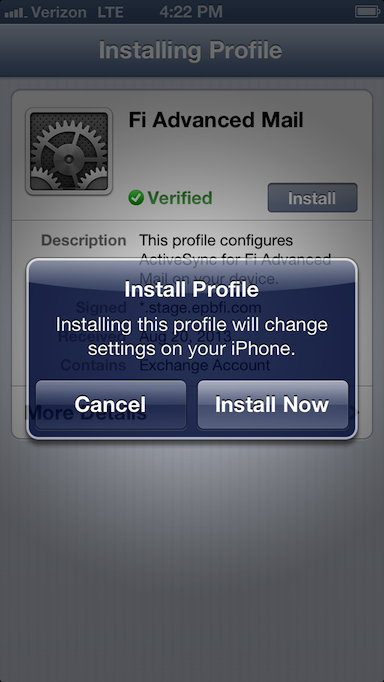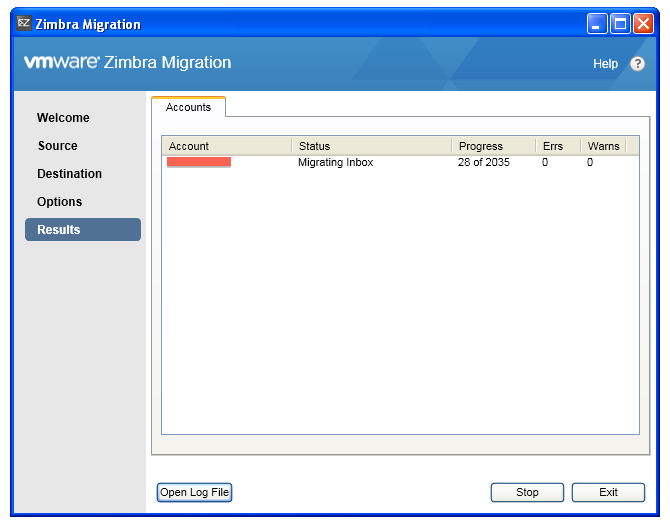
Switch to compact fluorescent lights (CFLs) to save energy and keep the house cooler. They reduce the temperature in the attic and slow heat conductance into the home. They generate air flow in your attic when it is needed most, and cost no energy. Solar attic fans are an amazingly efficient addition to your home during the summer. Turn off fans when you leave the room to avoid wasted energy. But remember, fans cool people, not homes. If you’re going to run the oven, dishwasher, or washer/dryer, do it at night or early morning, to avoid peak times and avoid warming the home.Ĭeiling fans can make a room feel cooler (when blowing down), due to wind chill, and can allow you to leave your thermostat on a higher setting, while retaining comfort levels. If you’re leaving the house, double check that all fans and lights are off, all unused appliances and chargers are off/unplugged, etc. To account for this, turn everything off during the day when possible.

During those peak times, energy actually costs more money (depending on your utility provider), about twice as much per kilowatt-hour, or 3 times as much as it does during an “off-peak” time. On those really hot days, energy is in high demand. With homes that aren’t set up correctly or haven’t been retrofitted correctly we would recommend a larger set back.

After a home is retrofitted by us we usually recommend setting your temperature back a few degrees and not letting your home get warm. Program your thermostat to fit your schedule or install a thermostat that can be controlled by an app on your smart phone. Setting your thermostat colder than normal will not cool the house quicker, and will result in wasted energy. These settings achieve the best balance between comfort and conservation. Set it to 75-78 while at home during the day, and 80-83 while away from home.

You can also install window coverings to deter heat gain or low-e films to reduce solar heat gain. This way, you will trap cool air in the house, and keep the warm air and warming sunlight out as long as possible. Close them again in the morning, and close the blinds/drapes. If it gets cool at night, turn off your AC and open your windows.

An Infrared camera can be used to see where heat is infiltrating into the home (see photo). From there they will recommend cost-effective upgrades, show you how to turn your home into a net-zero energy home or just a high performance comfortable home. A technician will test your home and build an energy model of the home and a report of all the findings. This is the first step in improving your overall home performance.


 0 kommentar(er)
0 kommentar(er)
